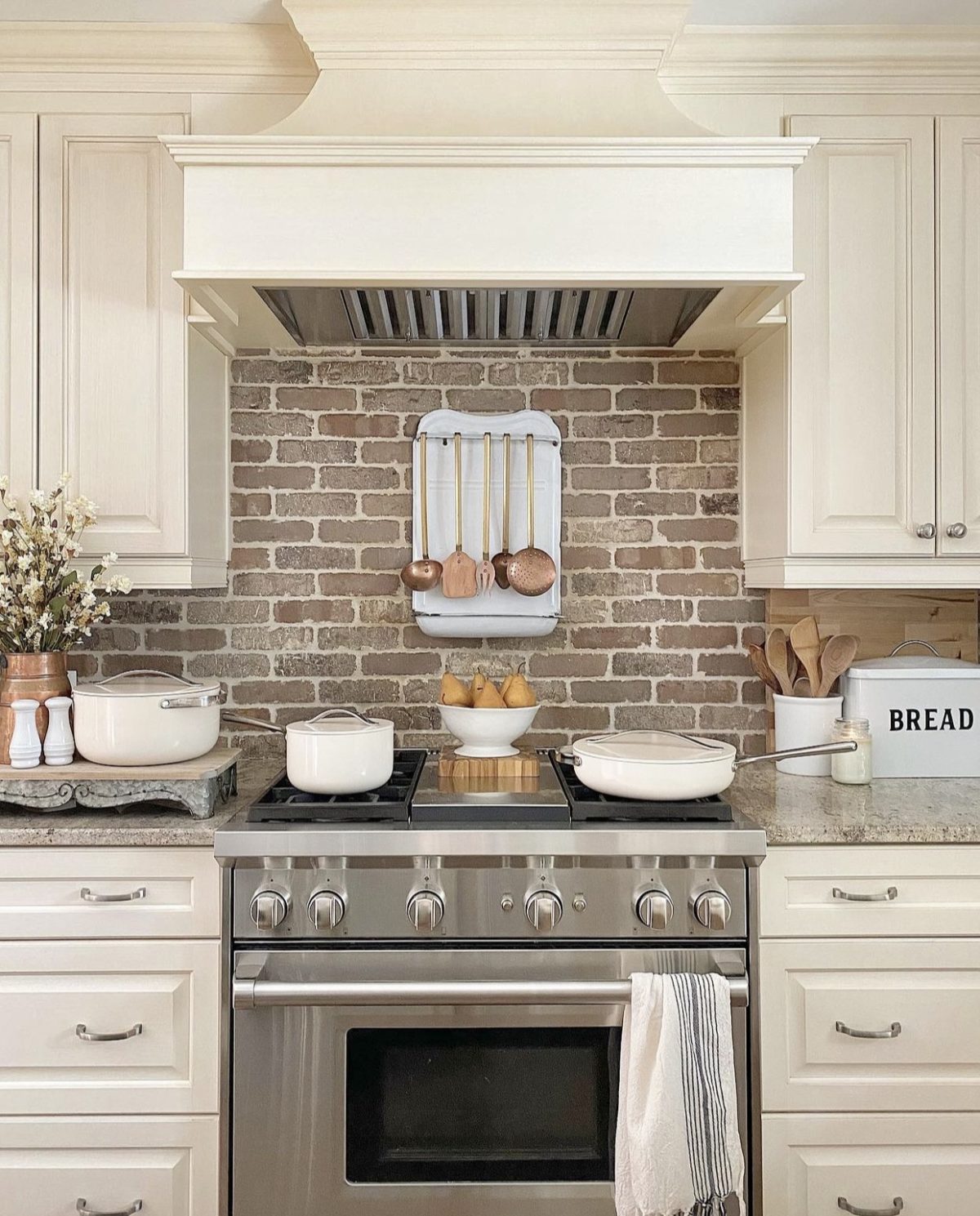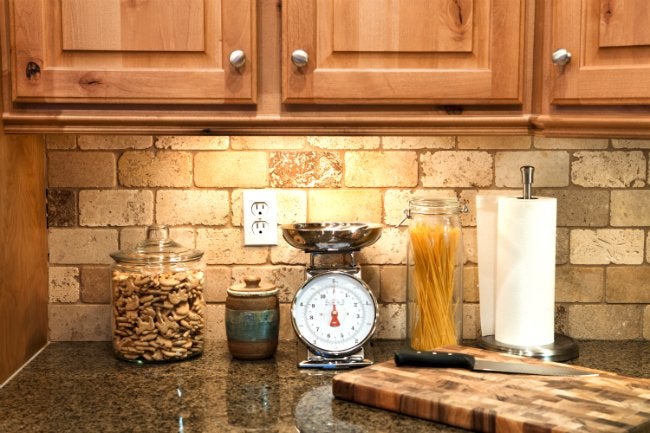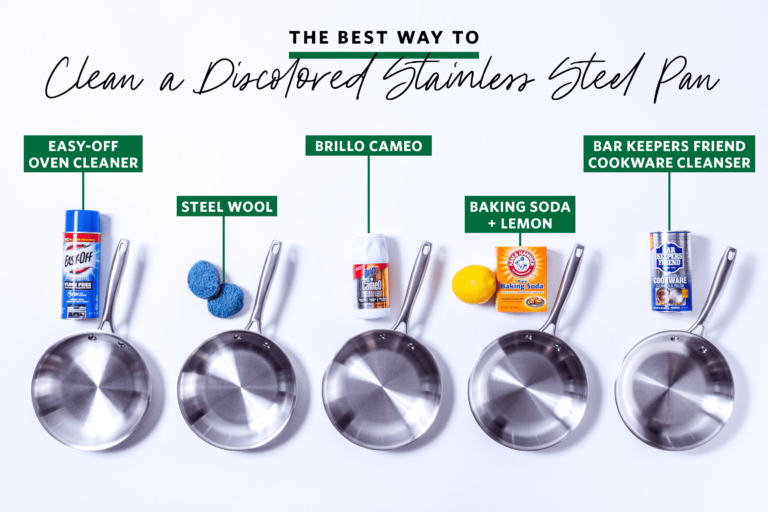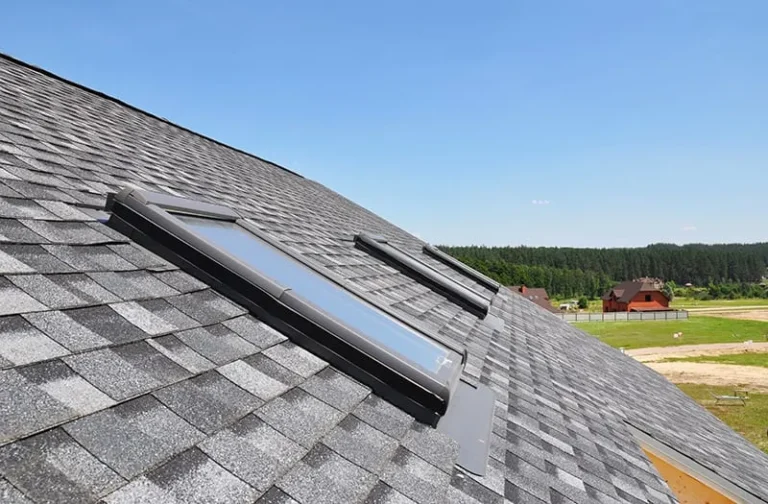What Do You Use To Install A Brick Backsplash?
A brick backsplash is a great way to add character and texture to any kitchen or bathroom. Installing a brick backsplash is also relatively easy, and can be done with a few simple tools. To install a brick backsplash, you will need a level, a masonry trowel, a hammer, a chisel, a drill, a drill bit, and a caulking gun. You will also need mortar, bricks, and grout, which can be purchased at your local home improvement store. Once you have your materials, you can begin the process of installing your brick backsplash.
Tools Needed for Installation
When it comes to installing a brick backsplash, having the right tools is essential. From marking and measuring tools to power tools to the right type of mortar, there are several steps involved in the installation process that need to be done right. To make sure your backsplash looks perfect, it’s important to have the right supplies.
The most basic tool needed for installation is a tape measure. It’s essential for measuring the space and accurately marking where the bricks will go. Additionally, you’ll need a masonry trowel for spreading mortar. A masonry chisel and hammer may also be necessary for cutting and shaping the bricks. Lastly, you’ll need a power drill to attach the backing board to the wall.
It’s also a good idea to have a level on hand to ensure that the mortar and bricks are installed correctly. Additionally, you should have safety goggles, gloves, and a dust mask to protect yourself from debris and dust.
Having the right tools is the key to a successful brick backsplash installation. Make sure to have all the necessary supplies before you begin the process, and you’ll be sure to have a beautiful and durable backsplash in no time.
Setting the Layout for the Backsplash
Installing a brick backsplash can be a challenging task, but it doesn’t have to be intimidating. The key to success is in the preparation, and the first step is to determine where the brick will be laid and to set the layout. It’s important to plan and measure carefully, as this will determine the overall look and feel of the backsplash.
Start by measuring the area where the brick will be installed and sketching a plan. Determine the number of rows and columns of brick needed, and layout the design on paper. Once the layout is determined, mark the area on the wall with a level and a pencil. This will create a guide for the placement of the brick.
At this stage, there are a few additional steps that should be taken. Check any existing electrical and plumbing lines that might be in the way and make sure to cut out any necessary openings in the mortar. It’s also important to determine whether a vapor barrier is needed. For most projects, a vapor barrier is not necessary, but it’s important to check with a professional to make sure.
Cutting and Fitting the Bricks
Installing a brick backsplash in your kitchen is a great way to spruce up the area in a unique and eye-catching way. But what do you use to install a brick backsplash? The answer is simple – cutting and fitting the bricks.
Before you begin, make sure you have the right tools and materials for the job. This includes measuring tape, a hammer, a chisel, mortar, a trowel, and of course, bricks. Once you have everything together, start by measuring the area and cutting the bricks to size.
To make sure the bricks fit properly, use the chisel to create grooves in the mortar. This helps to create a snug fit between the bricks and the wall. Make sure to check the spacing between the bricks to ensure it is even.
Once the bricks are in place, use the trowel to fill the gaps with mortar. This helps to make the backsplash look more cohesive and ensures a strong bond between the bricks and the wall.

Applying Adhesive and Sealing
Brick backsplashes are a great way to add a rustic, homey touch to any kitchen. Before you can install a brick backsplash, you need to know exactly what you need to do to ensure a successful installation. The first step is applying adhesive and sealing to ensure a good bond with the wall.
When applying adhesive, you should use a specialized mortar adhesive formulated specifically for brick. Spread the adhesive evenly across the wall, making sure to cover all the areas where the brick will be placed. After the adhesive has been applied, it’s time to start laying the brick. Start with the bottom row and work your way up. Once all the bricks are laid, it’s time to seal the backsplash.
Sealing the brick will help protect against moisture and stains, and ensure that the brick lasts for years to come. You should use a high-quality sealant that is specifically designed for brick. Apply the sealant with a soft cloth, making sure to cover all the surfaces of the brick. After the sealant has been applied, you should allow it to dry for 48 hours before using the backsplash.
Installing a brick backsplash can be a daunting task, but with the right tools and materials, it can be done with ease. Applying adhesive and sealing is an important step that should not be overlooked. With the right adhesive and sealant, you can be sure that your brick backsplash will look great and last for years to come.
Troubleshooting Common Installation Problems
Installing a brick backsplash can be a tricky task, but with the right knowledge and tools, it can be done with ease. However, if you run into any problems during the installation process, it is important to know how to troubleshoot them. Common installation problems include uneven or misaligned bricks, mortar that is too thick or thin, and mortar that won’t stick to the backsplash surface. To avoid these issues, it is important to use the right tools, follow the manufacturer’s instructions, and use the right amount of mortar. Additionally, make sure to clean the backsplash surface before applying the mortar, and use a rubber mallet to gently tap the bricks into place. With the right preparation and knowledge, you can successfully install a brick backsplash in no time.
Tips for Making the Job Easier
Installing a brick backsplash can be a challenging project but with the right preparation and tools, it is possible to do it yourself. To have a successful installation, it is important to understand what you need and how to use the tools to make the job easier. With the right materials, the installation can be done in a few hours, making it a great DIY project.
Before you begin the project, it is essential to have the right materials. You will need a masonry saw, a hammer, drill, masonry screws, and a brick chisel. You will also need a rubber mallet and a level to ensure that the bricks are evenly placed. Once you have gathered the materials, you can begin the installation process.
You will first need to measure the area you are working on, so you can cut the bricks to size. When using the masonry saw, make sure to wear the proper safety gear. Once you have cut the bricks, you can begin to place them in the desired area. The bricks should be laid out one at a time to ensure that they are level and even.
Once the bricks are in place, the next step is to secure them with masonry screws. This will require a drill and the masonry screws. Make sure to pre-drill holes in the bricks before inserting the screws. Once the screws are in place, you can use a rubber mallet to ensure the bricks are securely attached.
FAQs About the What Do You Use To Install A Brick Backsplash?
1. What tools are needed to install a brick backsplash?
You will need a masonry drill bit, a hammer, a level, a trowel, a wet saw, tile adhesive, grout, and a sealant.
2. How do I prepare the wall before installing a brick backsplash?
Clean the wall with a mixture of mild detergent and water. Make sure to let the wall dry completely before beginning installation. Remove any loose paint or wallpaper and repair any holes or cracks.
3. How do I cut the brick for a backsplash?
Brick can be cut to size with a wet saw. Make sure to wear protective gear such as safety glasses and ear protection when operating the saw. Additionally, use a blade specifically designed for cutting brick.
Conclusion
Installing a brick backsplash is a great way to add a unique and stylish element to your kitchen or bathroom. The best way to install a brick backsplash is to use a masonry adhesive to secure the brick to the wall. Before you begin installing your brick backsplash, make sure to measure the area and purchase the right amount of brick. Additionally, you should use a level to ensure that the bricks are evenly spaced and installed correctly. With the right tools and materials, you can easily create a stunning and timeless brick backsplash.





